Each jury member, of which I’m one of 58 who voted this year from 22 countries, has 25 points to give. Points must be awarded to at least five cars, and no car can get more than 10 points.
The criteria covers most ways you’d typically assess a car, but “technical innovation and value for money are major factors”.
Such a scoring matrix will inevitably lead to some cars getting little or no points, but that doesn’t make a particular car a bad one, and it can still call itself one of Europe’s seven-best cars.
Alongside the points, jury members must write a citation for each car on why - or why not - they voted for each car. These are published on the Car of the Year website, but, dear reader, here’s how your correspondent spread his 25 points, and why.
Jeep Avenger - 10 points
The one outstanding car on the shortlist. It has a real maturity to the way it drives, and like the very best small cars it doesn’t feel cheap or dwarfed by the traffic. It’s usefully smaller than rivals, which really adds something new to the EV world. No one has yet made a small EV as complete as Jeep. That such a progressive, innovative car comes from Jeep makes it even more remarkable.
Volkswagen ID Buzz - 6 points
This is a feel-good car for our times. To drive, the ID Buzz is the best car yet on the MEB architecture. Most importantly, it is the first EV to really deliver on the promise of skateboard architectures in terms of opening up a whole new world of bodystyles to the industry. If VW had offered more seating flexibility from launch rather than a simple rear bench then it would have scored higher.
Kia Niro - 5 points
A VW Golf was the default car you’d recommend to someone looking for a car that ticks the most boxes for an easy car to live with and own. Asked that same question by someone looking for an EV, and the Niro would be my response. It’s a solid performer in all key areas, though a refinement of its predecessor rather than a reinvention. Offering three different powertrain options broadens its appeal.
Peugeot 408 - 2 points
Car design seems to default to making everything an SUV, so the fact that Peugeot has found something new and interesting with the 408 is to be commended. The 1.2 has true driver appeal, and the interior is more spacious than the slippery shape suggests. Though intriguing, it doesn’t feel a seminal moment in car design and the similar Citroën C5 X offers more of the same for less.
Nissan Ariya - 1 point
This gets better the more time you spend with it. I really like the interior, the real-world efficiency is good and the drivetrain is noticeably quieter than rivals at low speed. Despite this, it is not class-leading, and it doesn’t move the game on from the likes of the Kia EV6 and Hyundai Ioniq 5. The ride simply isn’t good enough either.
Toyota bZ4X/Subaru Solterra - 1 point
This is a very rational car that has many functional qualities that’ll appeal to those looking for a fuss-free entry into EVs. However, it has no outstanding features and lacks the wow factor Toyota has instilled into its cars recently. In this company, the Ariya has a nicer interior, and like the Nissan it is no better than what’s on the market already. Solid and dependable yet lacking a spark.

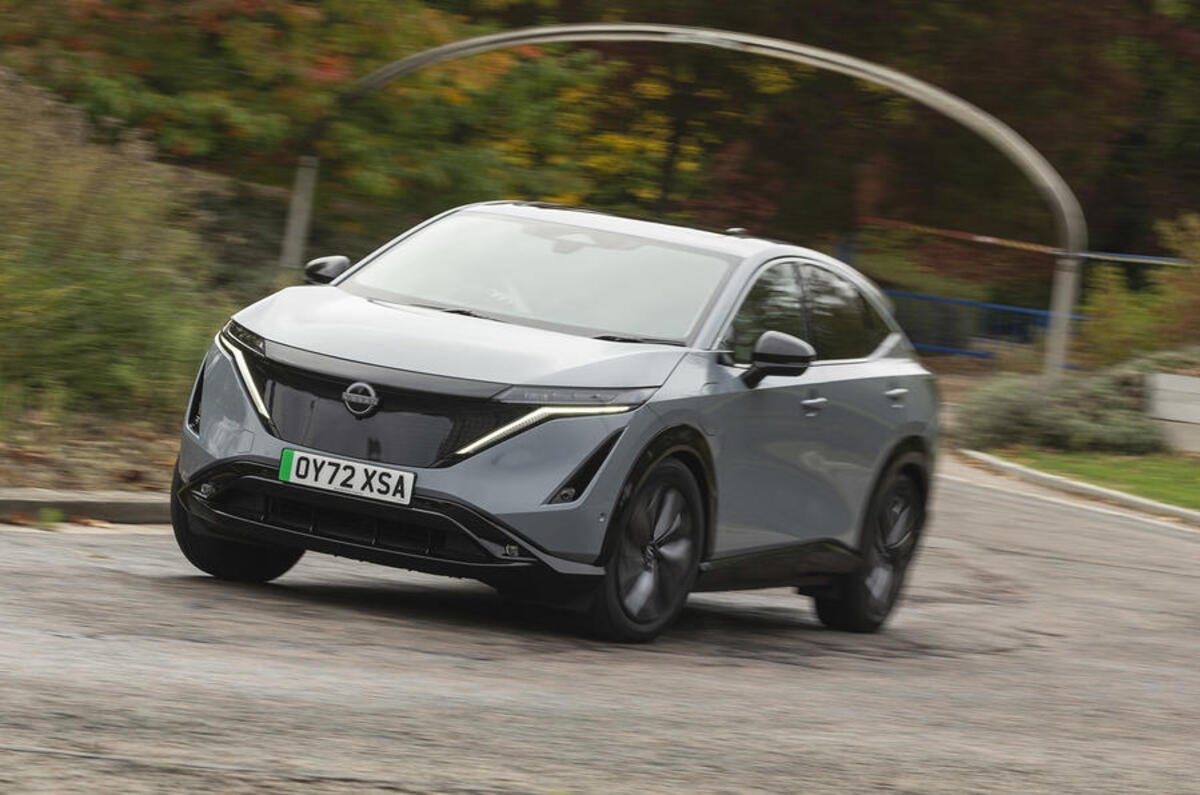
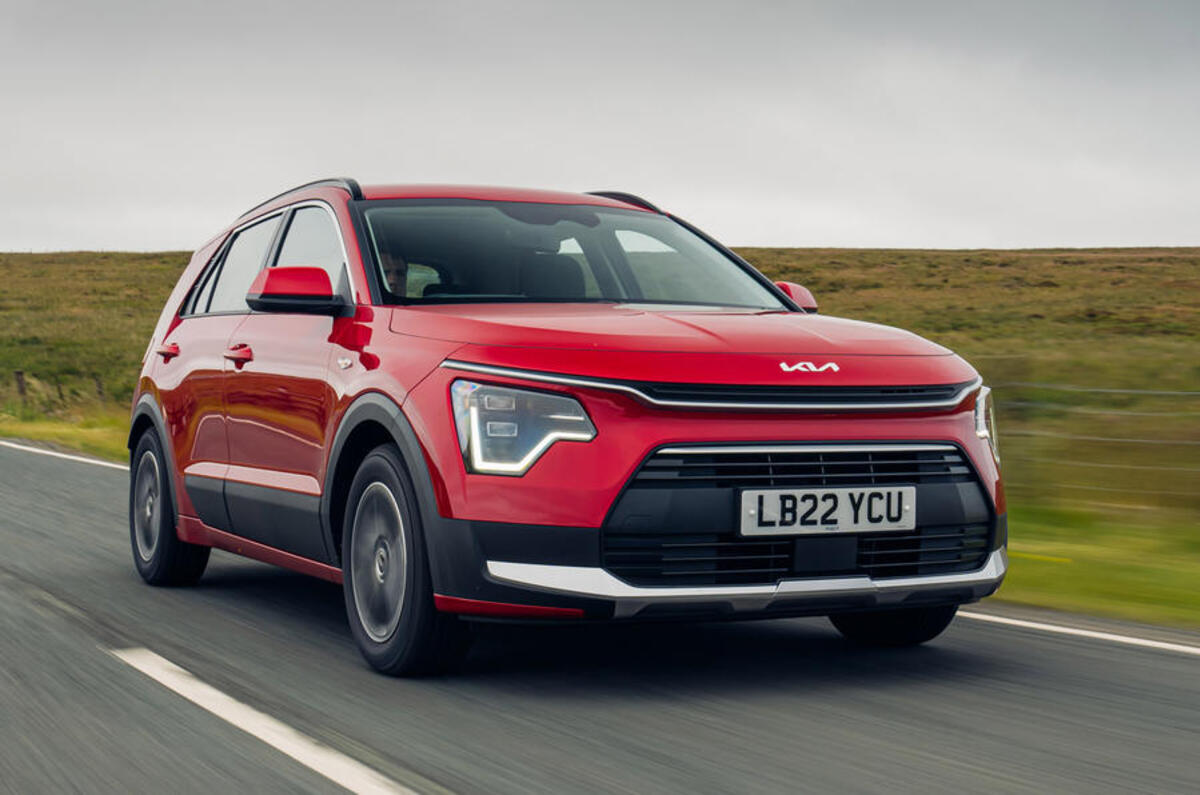
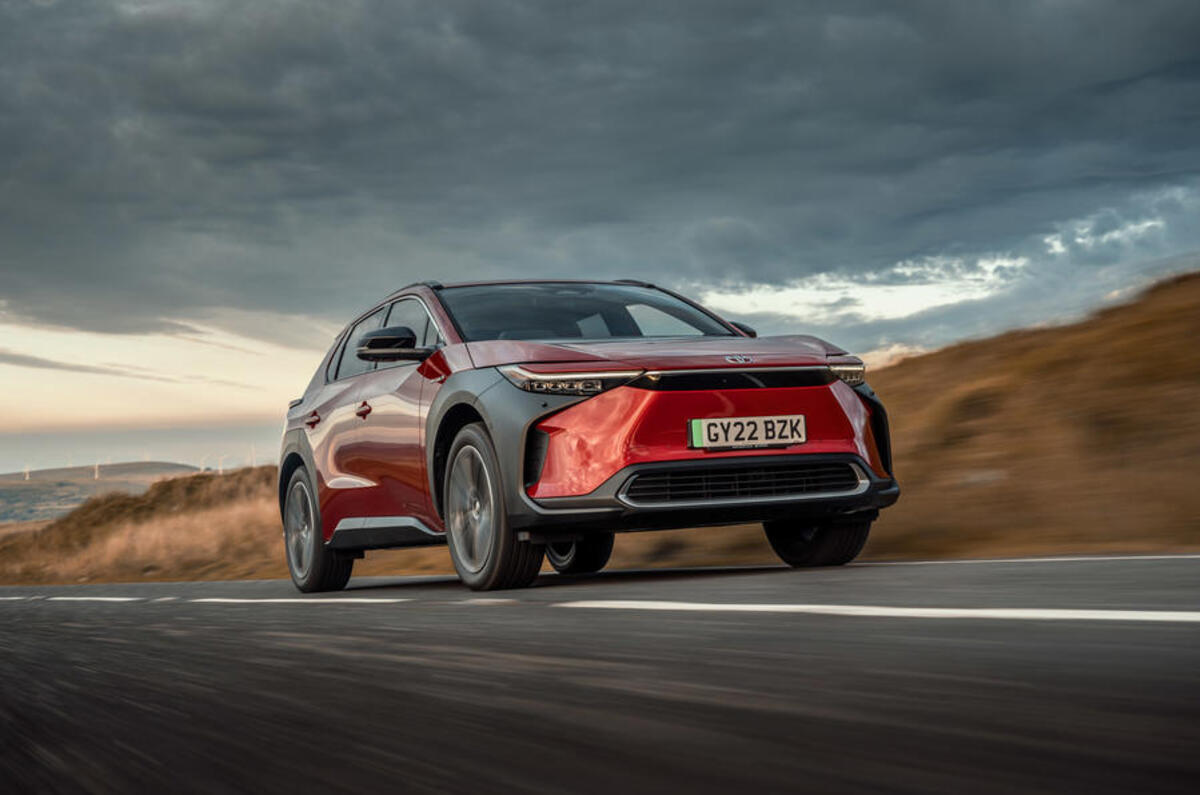
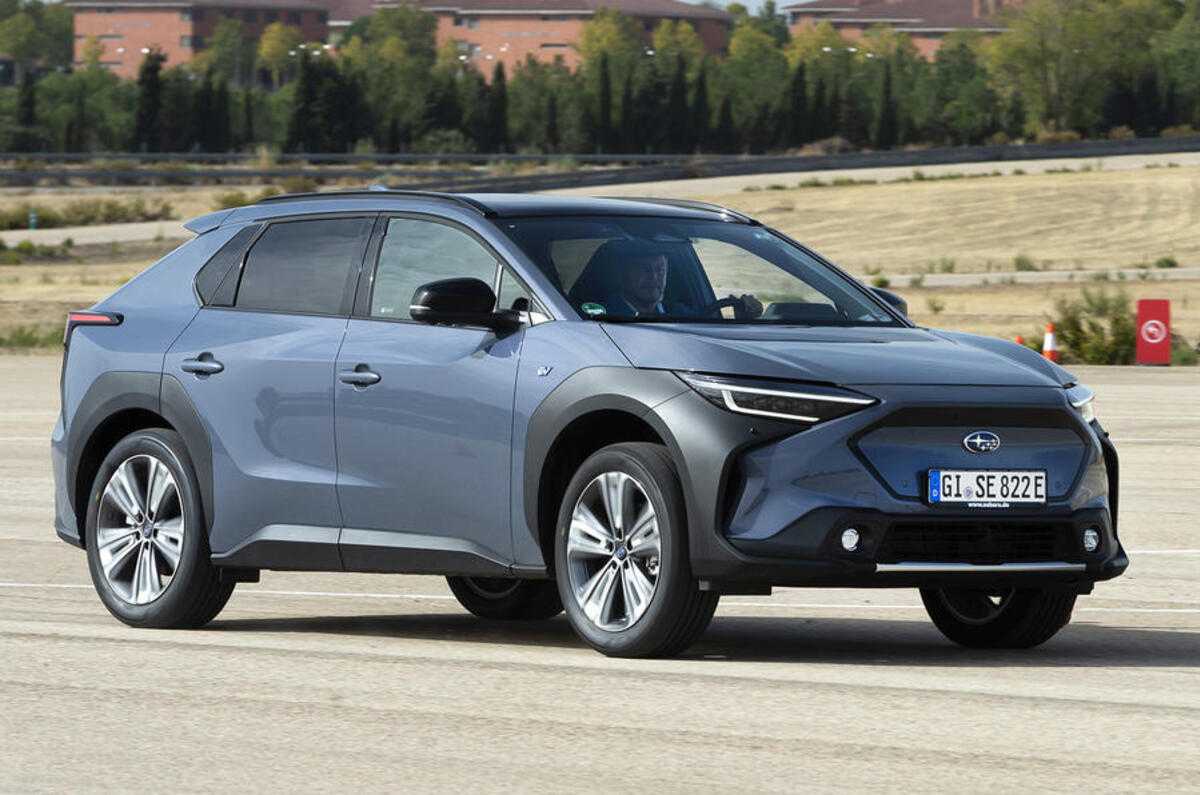
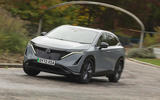

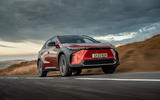
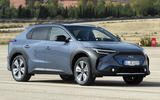






Join the debate
Add your comment
I am able to create $88/h to complete few jobs on home computer. c10 I’ve never thought that it’s even achievable but my closest mate earning $25k only within five weeks simply working this leading project & she had convinced me to join…Discover extra details by going following link........ EarnCash7.com